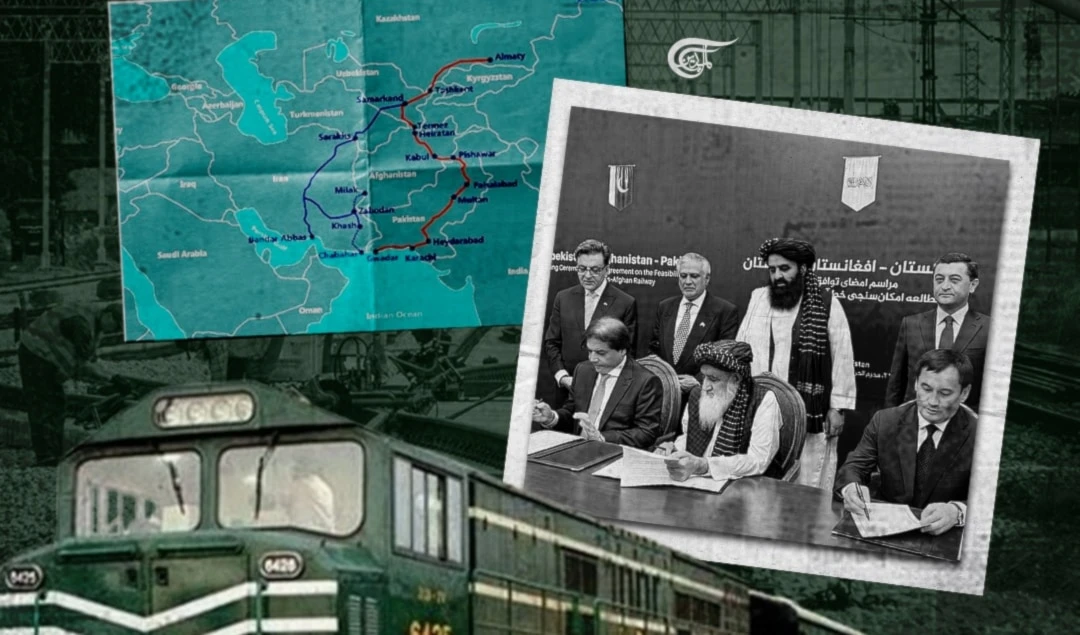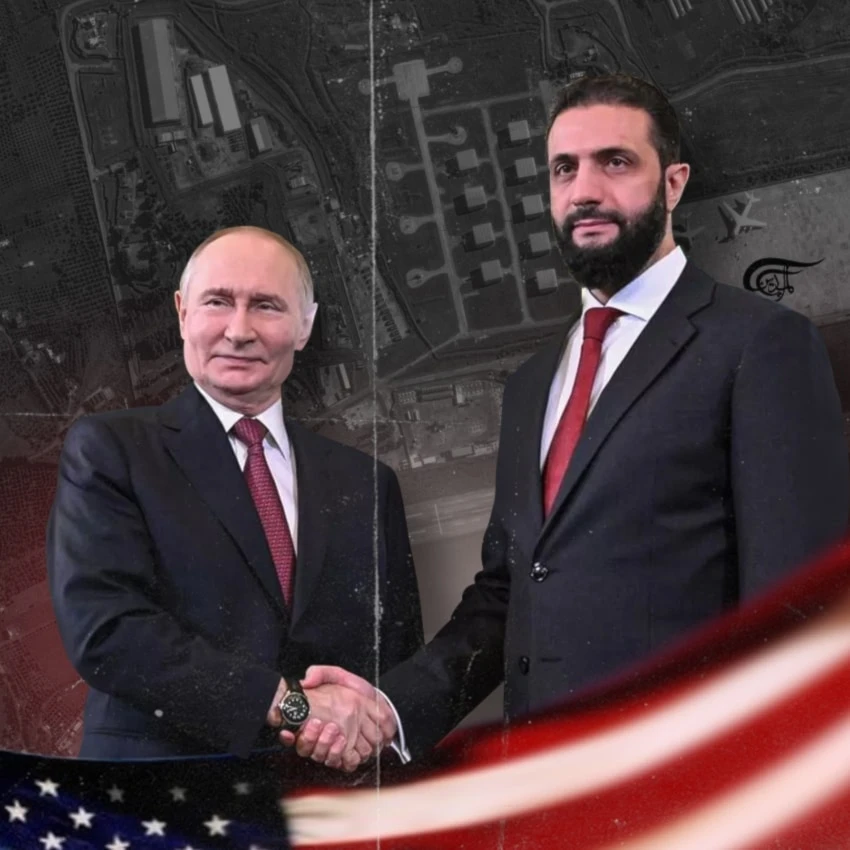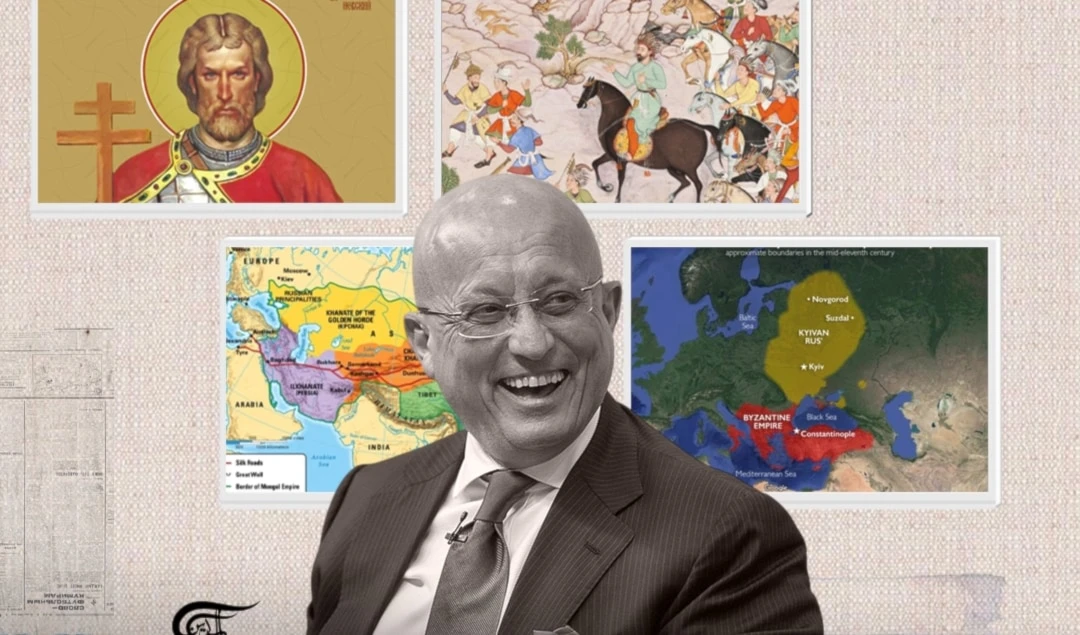Khorasan: The Eternal Battlefield... and the Bleeding Heart of Asia - Chapter 2
Khorasan was not only the eternal battlefield of nations, but also the melting pot of cultures. All the invaders, migrants and emigrants who stayed in Khorasan have left their marks.
-

Khorasan - the Eternal Battlefield... and the Bleeding Heart of Asia - Chapter 2
Khorasan – "Land of the Rising Sun"
The Sassanid Empire was divided into four major administrative regions. The eastern area was called "Khorasan" (Middle Persian meaning "Land of the Rising Sun", "the East")...
-

Map of Khorasan-Transoxania-Kwarasm
In the past, Khorasan belonged to the linguistic and cultural domain of Greater Iran and formed its eastern flank on the Iranian plateau.
Today's Afghanistan covers the largest area of historical Khorasan. The name "Khorasan" persisted until the 19th century as a general term for an area that repeatedly expanded or contracted over time and was divided amongst satrapies and principalities that interacted with one another either directly or indirectly under the rule of various empires and great kingdoms.
All rulers in this area identified themselves either as "King of Khorasan" – as far as their domain was limited to the territory of Khorasan, or "King of Iran" [Greater Iran]. Today, three provinces in Iran (two of them on the border with Afghanistan) bear the name "Khorasan" (North, South and Razavi Khorasan Province). Khorasan never had fixed borders. It extended north to Central Asia beyond the Amu Darya (Oxus), south to the Arabian Sea (Baluchistan), east to Peshawar and west from Nishapur to Kerman. Merw, Balkh, Herat and Nishapur were often mentioned as the four major cities of historical Khorasan. Some Islamic historians and geographers of the Middle Ages also included the cities of Samarkand and Bukhara, even Kashgar (now in Xinjiang, China).
The frontiers of the Sassanid Empire were always subject to invasions by neighbouring empires and raids by nomadic tribes. Thus, Khorasan was also repeatedly exposed to India's expansionist efforts and incursions by nomadic tribes from China and northern Central Asia. Whenever local resistance proved unsuccessful in its defence of their area, the central government would come to the aid of the local Marzbaan (a Sassanid "governor") with substantial military contingents. Such an undertaking was sometimes even led by the emperor himself. In 484 AD, the Sassanid king Peroz I was killed in the battle against the Hephthalites ("White Huns"), who then occupied a large expanse of Iranian territory (Khorasan).
In many of these wars, control over the trade routes (the Silk Road) was a key issue...
-

Map of Greater Khorasan by the Persian geographer Ibrahim Al-Istachri ca. 980 AD
Khorasan – Battlefield and Melting Pot of Cultures
In short, Khorasan (and its contemporary equivalent) has always been the battleground of empires, kings, tribes, peoples and individuals who were either indigenous to the region or who invaded it from all directions.
Although Khorasan originally belonged ethnically, culturally and historically to Greater Iran, in the course of time many other peoples, tribes and tribal associations from outside founded their own kingdoms there, occupied parts or all of Khorasan or simply incorporated it into their sphere of influence. These circumstances have consistently determined and influenced the destiny of the people of Khorasan until today.
Khorasan was not only the eternal battlefield of nations, but also the melting pot of cultures. All the invaders, migrants and emigrants who stayed in Khorasan (be it for shorter or longer periods), who settled there and made it their home or brought it under their rule, have left their marks.
Khorasan has been inhabited since prehistoric times.
The population of Khorasan, as far as present-day Afghanistan is concerned, evolved to include a broad variety of ethnic groups, some of whom moved into the area over time. The main ethnic groups were and still are the Persian-speakers – "Tajiks" (as they are now called) and Hazaras (descendants of the Mongols), Pashtuns, Turkmen, Uzbeks, Baluchis and Alans (today "Nurestanis"); other ethnic groups include Arabs, Turks, Kurds and more...
Over the years, Khorasan also accommodated Hindu Mauryas and Guptas, Buddhist Kushans, Hellenistic Greeks, Muslim Arabs, pagan Mongols, predatory Turkic tribes, Christian colonialist British, Russians (Soviets) and, last but not least, the imperialist USA and its NATO vassals.
The list will certainly grow in the unforeseeable future.

 Tariq Marzbaan
Tariq Marzbaan
 4 Min Read
4 Min Read











